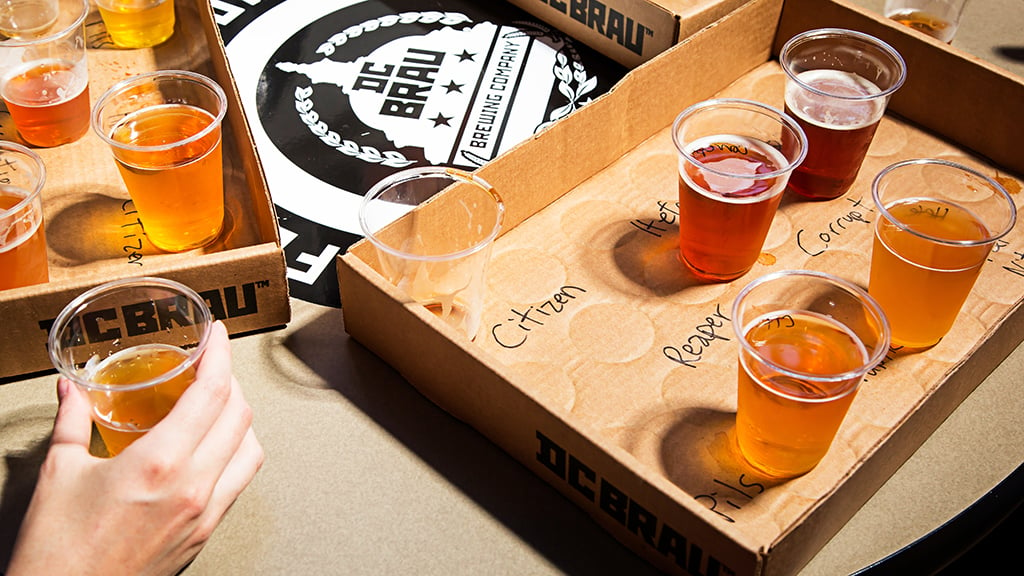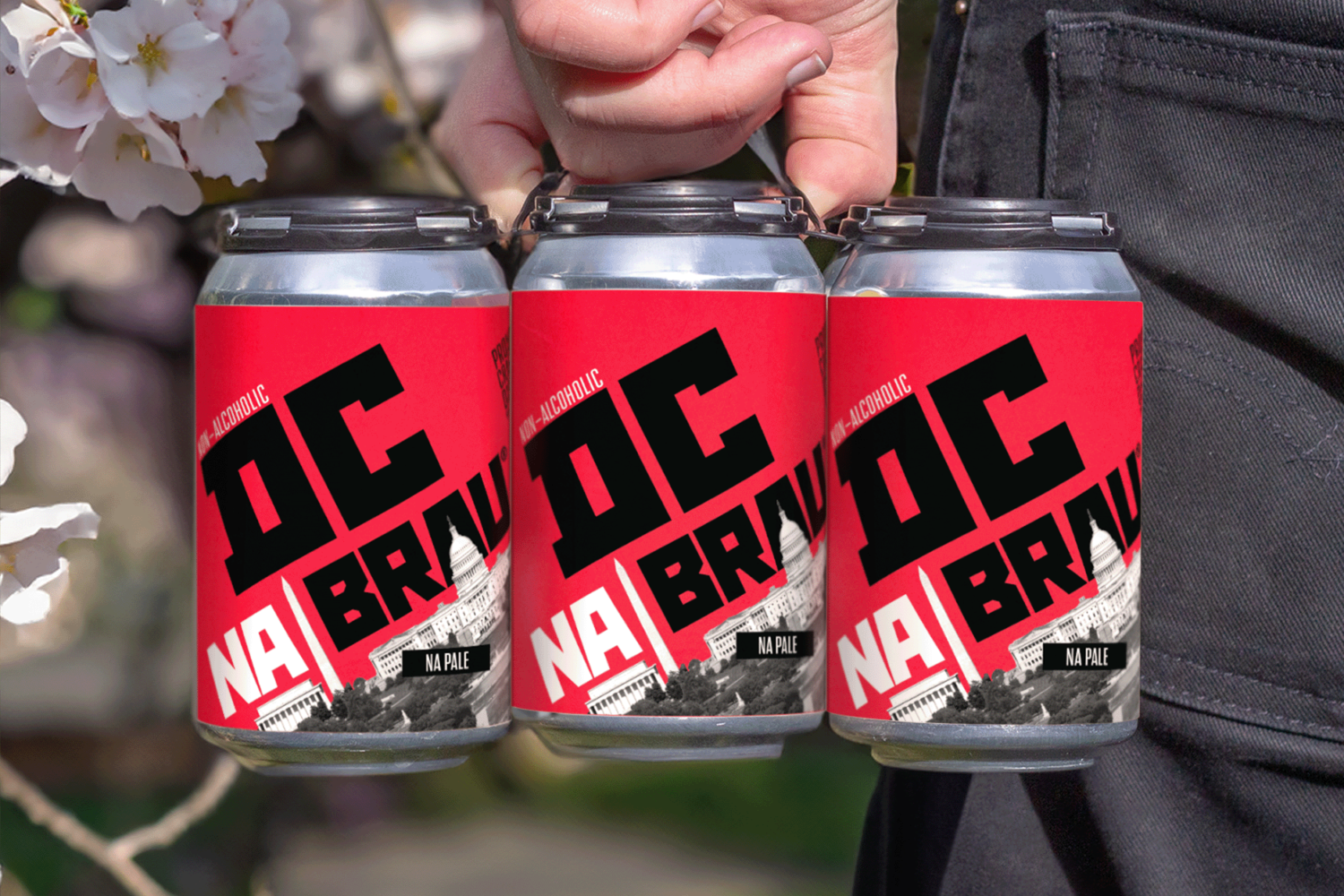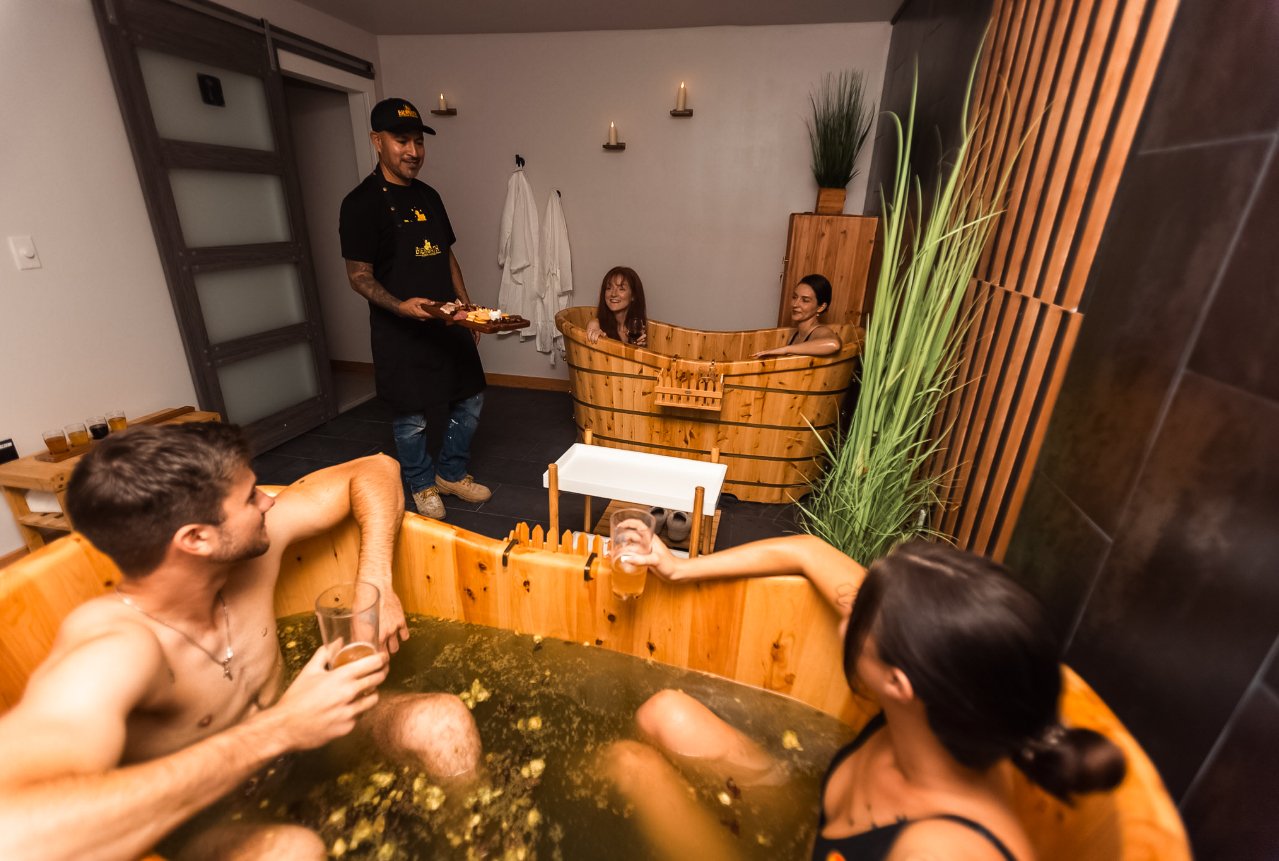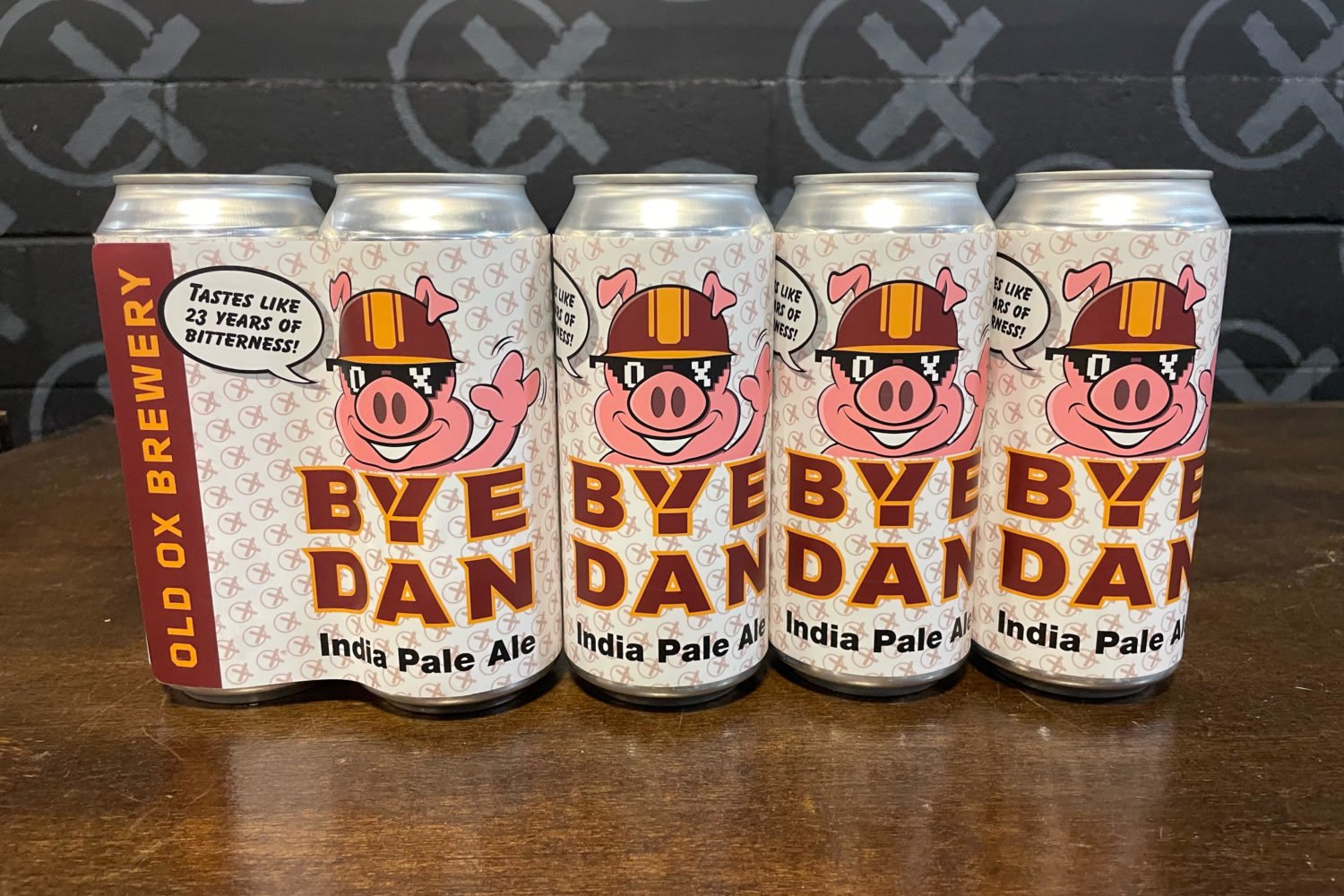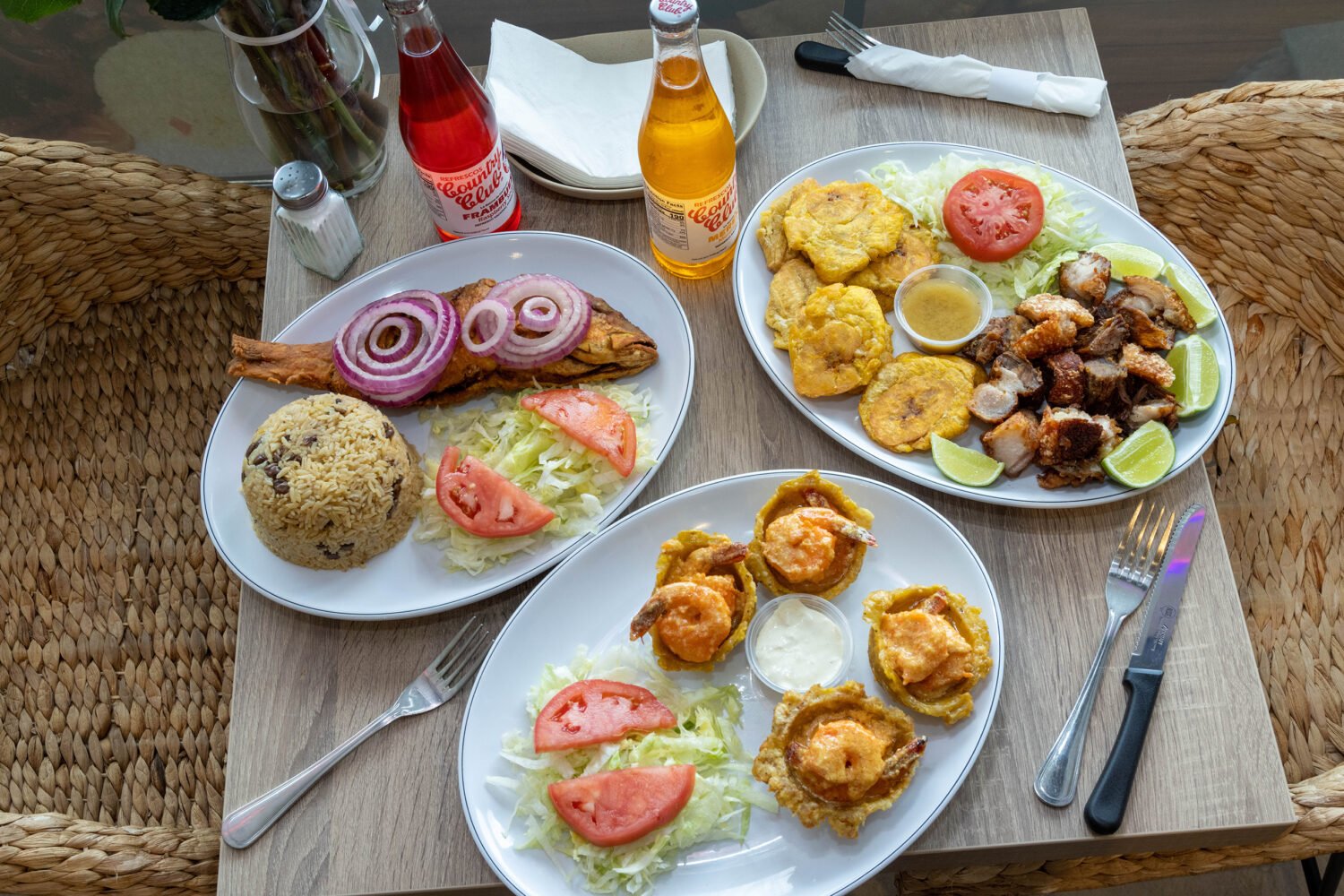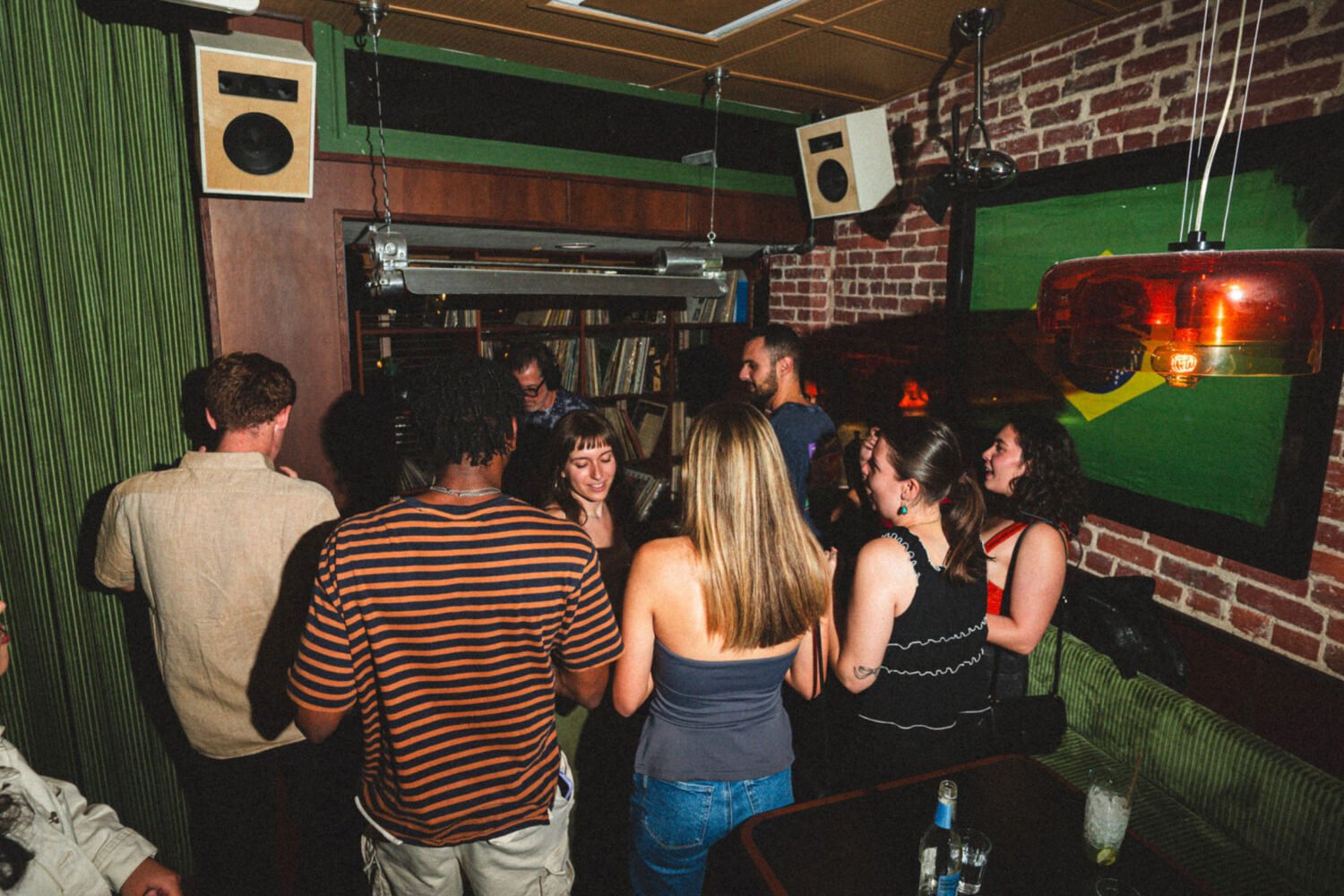 Walk into a bar with a lot of unfamiliar beers on tap and you might feel like everyone turns to look at you as the record-scratch sound plays. But you don’t need to know a ton about craft beer to find something you won’t regret.
Walk into a bar with a lot of unfamiliar beers on tap and you might feel like everyone turns to look at you as the record-scratch sound plays. But you don’t need to know a ton about craft beer to find something you won’t regret.
“A good alehouse is sort of like a magazine publisher,” says Jeff Alworth, who wrote the excellent book The Beer Bible—in other words, it offers only beers that its staff thinks are worth presenting. Alworth looks less at brewery names than at styles of beers, checking for those that “demonstrate a brewery’s competence or talents.” He avoids styles such as stouts and porters that don’t offer brewers much room to show off. He tends to go for session IPAs—which are harder to brew well—and yeasty, fruity saisons when he sees them.
If the bar you’re visiting is attached to a new brewery, you should be forgiving, says Will Cook, a brewer at Atlas Brew Works. The beer it turns out a few months later may taste different: “I’ll give a new brewery six months to a year. They’re still learning the equipment, learning the water profile.” Even veteran brewers need time to turn out a consistent product.
The best approach? “Have a frank conversation with whoever’s pouring,” says Juana Summers, a CNN Politics editor who brews her own beer and writes about suds. “You shouldn’t be ashamed to say what flavors you like.” Even if your favorite brew is a watery domestic, your bartender may point you to something new you’ll love a little more.
This article appears in our August 2016 issue of Washingtonian.

